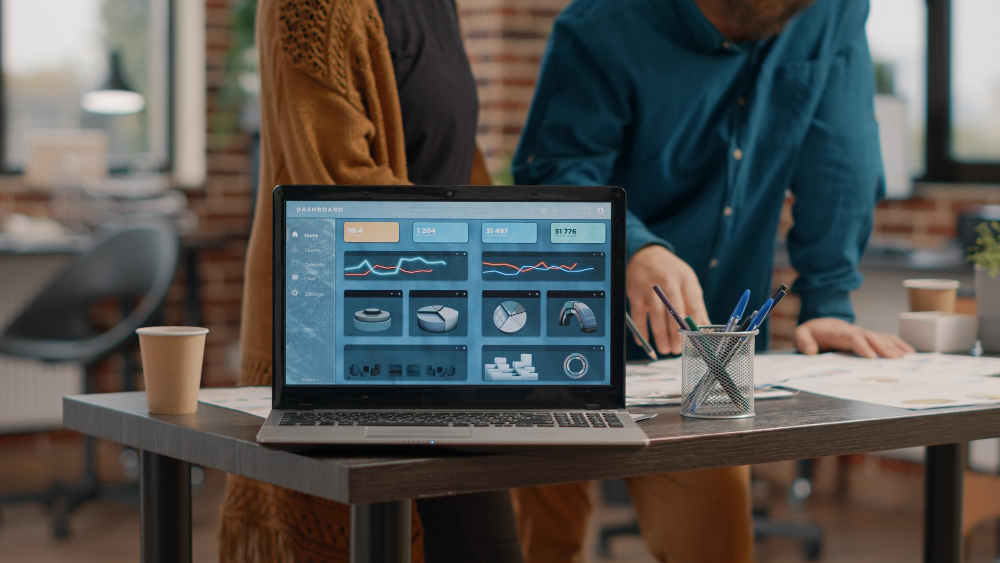
05 Aug, 2025
Manual Stock and Billing Systems vs. Software Solutions: A Real-World Comparison
Introduction
-
Briefly explain how many small businesses start with manual processes for inventory and billing.
-
Acknowledge that while spreadsheets and paper records can work temporarily, they don’t scale well.
-
Introduce the purpose: to compare manual vs. software systems in real-world business scenarios.
1. Accuracy and Error Rates
Manual Systems:
-
Prone to human error (missed entries, incorrect stock counts, duplicate invoices).
-
Errors often go unnoticed until there's a customer complaint or audit.
Software Solutions:
-
Auto-calculates totals, tax, and stock changes.
-
Reduces typos and duplicated entries with validation checks.
-
Real-time updates prevent over/understocking.
2. Time and Efficiency
Manual Systems:
-
Time-consuming data entry, stock counts, and invoice creation.
-
Invoicing and reporting can take hours or days.
Software Solutions:
-
Generate invoices and reports in seconds.
-
Automated processes like recurring billing and stock adjustments free up valuable hours.
3. Visibility and Reporting
Manual Systems:
-
Limited visibility into real-time inventory or sales trends.
-
Reports require manual compilation and are often outdated.
Software Solutions:
-
Instant access to dashboards, stock status, sales trends, and customer history.
-
Exportable reports for tax, forecasting, and performance analysis.
4. Scalability
Manual Systems:
-
Becomes chaotic as order volume grows.
-
More staff or paperwork needed to keep up.
Software Solutions:
-
Easily handles growing data and transactions.
-
Cloud-based systems scale with your business without the need for extra headcount.
5. Collaboration and Access
Manual Systems:
-
Limited to whoever has the file or paperwork.
-
Difficult for teams to collaborate in real time.
Software Solutions:
-
Cloud access for multiple users with permission control.
-
Mobile access for field teams, managers, or remote staff.
6. Customer Experience
Manual Systems:
-
Slower response times.
-
Higher chance of delays or errors in orders and billing.
Software Solutions:
-
Faster invoicing and delivery updates.
-
Better accuracy builds customer trust.
7. Cost Over Time
Manual Systems:
-
Low initial cost but high long-term cost in errors, inefficiency, and lost opportunities.
Software Solutions:
-
Subscription or one-time fee, but quickly pays for itself in time saved and errors avoided.
Real-World Example: A Before & After Snapshot
Before (Manual):
-
A small distributor handling 50 orders/day manually. Stock mismatches weekly, invoices delayed, and 1 staff dedicated full-time to admin.
After (Software):
-
Switched to an all-in-one software. Invoices automated, stock synced with online store, admin time cut by 70%, and error rate near zero.
Conclusion
-
Summarize the comparison: while manual systems might work at a very small scale, they become liabilities as the business grows.
-
Emphasize that software doesn’t just make life easier—it protects revenue and supports scaling.
Call to Action:
“Still stuck in spreadsheets? Try Accounting Book for 7 days and experience the difference firsthand.”
Leave a Comment Here
Your email address will not be published*


0 Comment